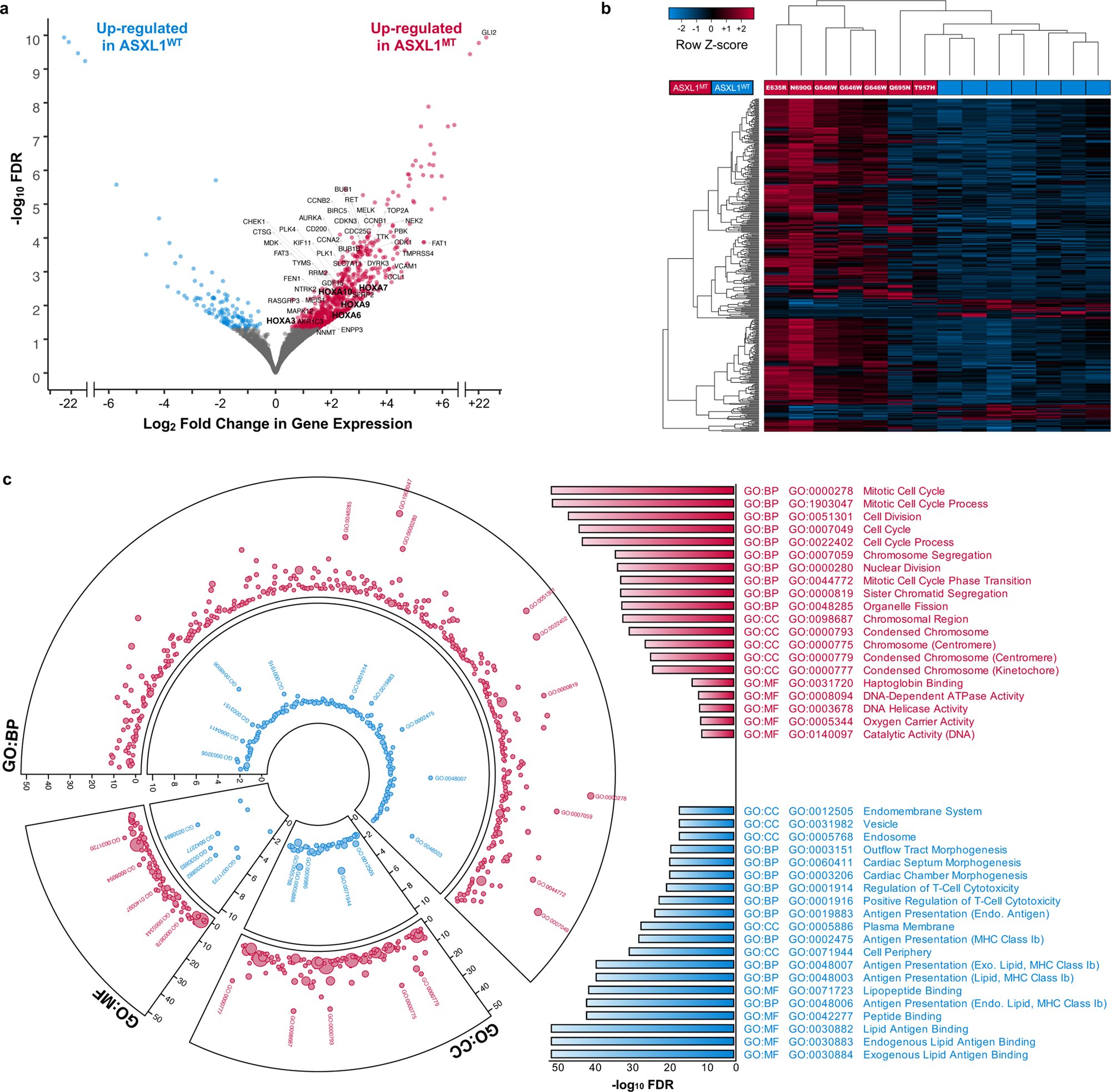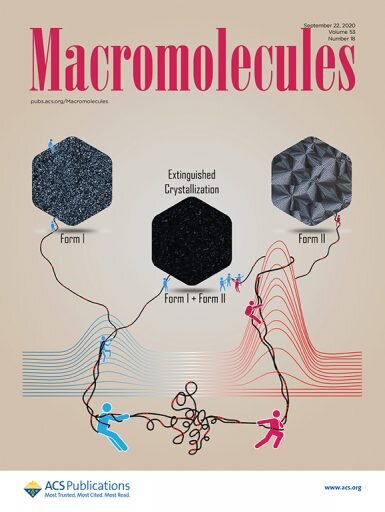#Bone marrow cancer discovery points to potential drug targets

Table of Contents
“Bone marrow cancer discovery points to potential drug targets “

New research from Mayo Clinic’s Center for Individualized Medicine finds that patients with ASXL1-mutant chronic myelomonocytic leukemia—an uncommon type of cancer of the bone marrow—have distinctive epigenetic changes that can activate harmful genes and cause the cancer to grow faster. The ASXL1 genetic mutation also can transform the disease into the more aggressive acute myeloid leukemia.
The study, published in Nature Communications, helps to clarify a potential therapeutic strategy and adds to the knowledge of ASXL1 gene expression.
Epigenetics refers to chemical modifications of a cell’s genetic material that control how genes are expressed and affect the interpretation of the DNA code. Research shows epigenetics play a critical role in the development and progression of many diseases, including cancer.
“The epigenome in patients with these ASXL1 gene mutations is changed in a way that allows the cancer cells to switch on genes that are detrimental to the patients,” says Moritz Binder M.D., a Mayo Clinic hematologist and scientist, and the lead author of the study. Dr. Binder is a 2021 Gerstner Family Career Development awardee.
“These epigenetic changes don’t affect the DNA blueprint itself,” Dr. Binder explains. “It affects how to the blueprint is read—which pages to read and which pages not to read.”
Chronic myelomonocytic leukemia is a cancer that typically affects people 60 and older. It starts in blood-forming cells of the bone marrow and invades the blood. Nearly 40% of patients with chronic myelomonocytic leukemia have a mutation in the ASXL1 gene.
“Unfortunately, patients with ASXL1 mutations do not fare well and do not respond as well to the treatments currently available,” Dr. Binder says.
For the study, Dr. Binder and his team conducted a comprehensive multi-omics interrogation using a variety of high-throughput sequencing methods. Multi-omics offers the opportunity to understand the flow of information that underlies disease.
The researchers compared samples from patients with and without ASXL1 mutations and analyzed the activity of genes along with molecules around the DNA. The investigation included gene expression and several modifications affecting the packaging of the DNA.
“This allowed us to perform modeling to draw inference about the effect of epigenetic changes in isolation and in concert on leukemogenic gene expression in ASXL1-mutant chronic myelomonocytic leukemia,” Dr. Binder says.
Overall, they found that ASXL1 mutations are associated with the overexpression of key genes that drive leukemia.
“Our study supports the notion that several important leukemogenic driver genes are under the control of regulatory elements in the genome,” Dr. Binder says.
The data suggest that these regulatory elements are only functional in patients with ASXL1-mutant chronic myelomonocytic leukemia and may therefore represent new individualized therapeutic targets. Dr. Binder is planning to translate these findings into early phase clinical trials soon.
“Our study is the basis for ongoing work to further explore ways to target these patient-specific regulatory elements with novel small-molecule drugs, “Dr. Binder says. “With this approach, we hope to restore normal gene expression, or at least treat the cancer cells in a new way to overcome the detrimental effect of ASXL1 mutations.”
Identifying new targeted therapy approaches for leukemia
Moritz Binder et al, Oncogenic gene expression and epigenetic remodeling of cis-regulatory elements in ASXL1-mutant chronic myelomonocytic leukemia, Nature Communications (2022). DOI: 10.1038/s41467-022-29142-6
Citation:
Bone marrow cancer discovery points to potential drug targets (2022, March 17)
retrieved 17 March 2022
from https://medicalxpress.com/news/2022-03-bone-marrow-cancer-discovery-potential.html
This document is subject to copyright. Apart from any fair dealing for the purpose of private study or research, no
part may be reproduced without the written permission. The content is provided for information purposes only.
If you liked the article, do not forget to share it with your friends. Follow us on Google News too, click on the star and choose us from your favorites.
For forums sites go to Forum.BuradaBiliyorum.Com
If you want to read more Like this articles, you can visit our Science category.


